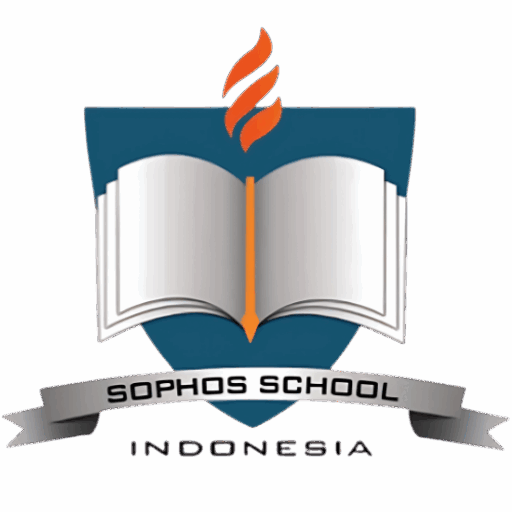
PRESCHOOL
We realize how important the early stages of a child’s development are very fundamental. Early childhood stimulation, encouragement, and development efforts, both in quantity and quality, have a significant impact on children’s subsequent development.
Sophos Indonesia Preschool provides programs for children aged 3 to 6 years old. Students are motivated to learn naturally through the National Curriculum and the Montessori approach by providing a prepared environment and materials that the children can use at their own pace and interest. We seek to stimulate and develop all aspects of this golden age, including religious and moral values, physical-motor, cognitive, linguistic, social-emotional, and artistic competencies, in order to optimally increase attitude, knowledge, and skill competencies.
It is expected to provide holistic child development by combining a thematic learning approach with a scientific approach. The learning process is based on a Montessori approach that emphasizes self-care, environmental responsibility, and providing space for children to move and play with the available learning materials.
Montessori is a learning method that focuses on all aspects of children’s intellectual development (physical, social, emotional and cognitive). Divided into five areas: practical life, sensory, language, math, and culture. In this learning environment, children are free to choose their own activities and materials. There are learning media apparatus that children use where they first understand the concept concretely and then move on to the abstract. With this approach, we focus on developing a child’s critical thinking, problem solving, independence, and self-discipline, as well as a love of learning. The goal is to teach children to work independently and autonomously so that they can become motivated learners. The teacher’s role as a facilitator provides space for children to grow creatively and individually.
Area Based Learning is our learning model. Where there is a learning area corner in each class. Reading and writing areas, language areas, mathematics areas, science areas, blocks areas, drama areas, art areas, sand/water areas, and religion areas are examples. Students are complementary and integrated with each other when the two learning models in the national and Montessori curricula are used. Where they use the area learning method from both the Montessori and National curriculum areas of learning and where they are introduced to the concept using the learning apparatus first from the concrete to the abstract.
